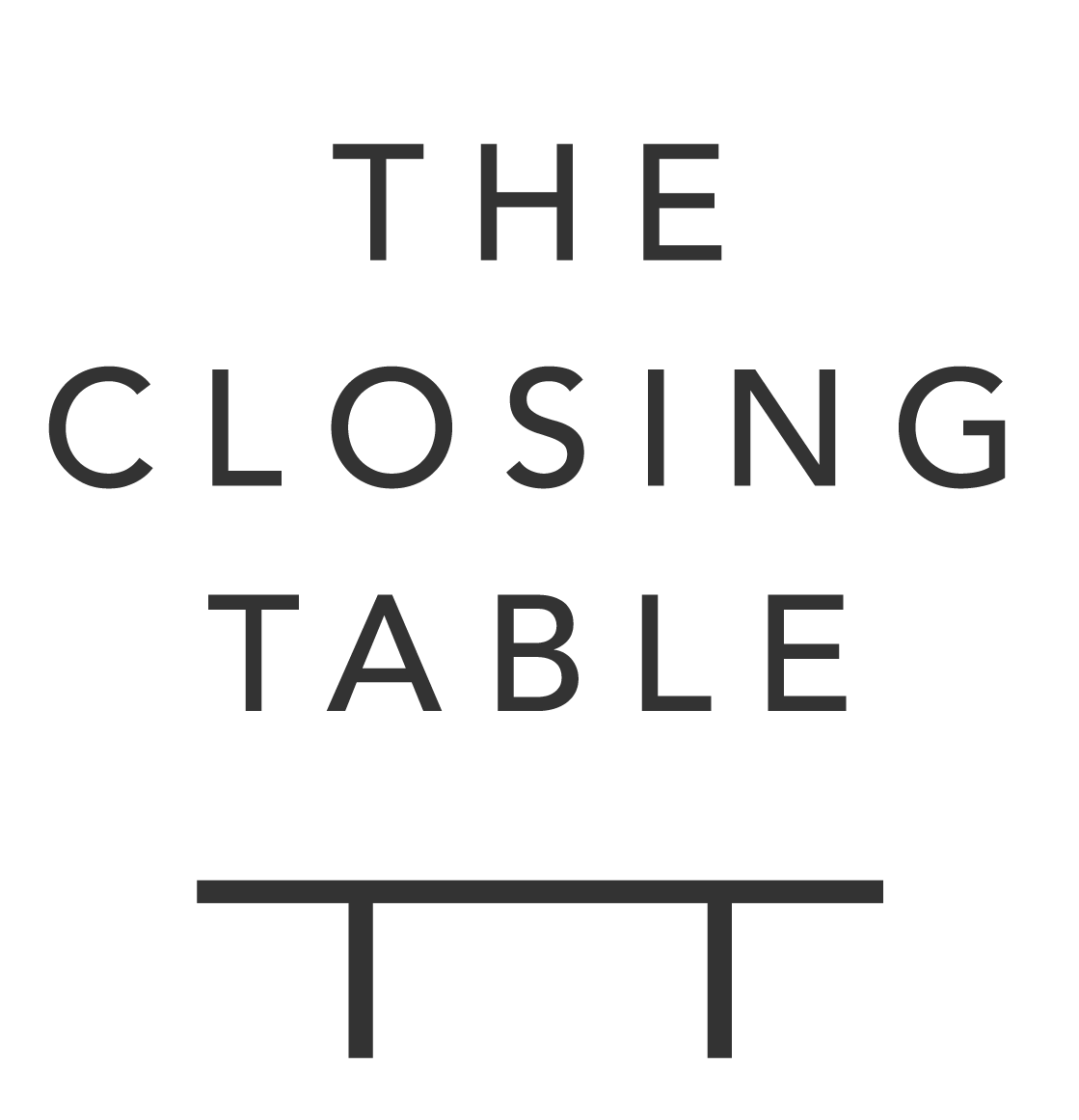Attractive Relative Value - Upgrade to Buy
REPORT & MODEL
We are upgrading Brixmor to Buy from Hold with a $31 price target based on an 11% premium to our $28 NAV estimate at a 6.25% cap rate. BRX shares are an attractive relative value to its shopping center peers, in our view. BRX shares are trading at a 6.2% implied cap rate, 120 bps wide of the implied cap rate of its large-cap shopping center peers of 5%. Shopping center REITs are outperforming YTD, up 16.9%, but BRX has lagged its peers, up 11.9%.
We are upgrading BRX to Buy from Hold with a $31 price target based on an 11% premium to our $28 NAV estimate at a 6.25% cap rate. BRX shares offer substantial value compared to its shopping center peers, in our view. BRX’s portfolio fundamentals are healthy, the REIT has moved past the disclosure of accounting irregularities earlier in the year, and the Blackstone ownership overhang is gone.
BRX shares have underperformed both the RMS and the shopping center sector YTD. BRX is up 11.9% YTD compared to the RMS, up 15.5%, and the shopping center REITs, up 16.9%. (Exhibit A) The underperformance of BRX shares is partially due to the disclosure of accounting irregularities in 1Q; however, with the new management team in-place and laying out both near-term and longer-term growth initiatives, the implied cap rate discount should narrow, in our view.
BRX shares have historically traded at an implied cap rate discount to its large-cap shopping center peers. Since year-end 2013 to the present, the implied cap rate discount has averaged 100 bps (65 bps excluding Federal Realty). BRX shares are currently trading at a 6.2% implied cap rate compared to a 5% implied cap rate for its large cap shopping center peers, 20 bps (30 bps excluding Federal Realty) above the historical average spread of 100 bps. (Exhibit B) The above average spread is unwarranted, in our view, and BRX shares offer attractive relative value. We note that the historical valuation spread included the impact of the Blackstone ownership overhang, in our view, which has now disappeared.
Blackstone's sale of its remaining 42.2 million shares last week, is a positive, in our view. It eliminates the overhang that existed since BRX’s IPO in 2013. Blackstone initially owned 83% of BRX and five members of BRX’s Board of Directors were affiliated with Blackstone. There are two affiliates of Blackstone of BRX’s Board of Directors today and we expect that to change over the next 12 months.
BRX’s portfolio fundamentals are healthy. BRX’s same store NOI is 3.2% (3.2% excluding redevelopment) and leased occupancy is 92.5% while commenced occupancy is 90.6%. While the recent Sports Authority closures will weigh on near-term growth and occupancy, BRX is well-positioned to achieve its same store NOI guidance of 2.5%-3.5%. BRX’s new management is focused on increasing occupancy throughout the portfolio and sees stabilized occupancy in the mid-90s. BRX plans to get there through a combination of lease-up, dispositions, and redevelopment activity over the next few years.
BRX’s new management team is focused on creating a portfolio to generate consistent long-term growth with disciplined capital allocation. BRX is focused on executing on its current anchor re-positioning projects and sees opportunities to grow the pipeline and undertake larger redevelopments at attractive risk adjusted returns to grow FFO and cash flow. BRX has an in-process pipeline consisting of 28 projects with an expected cost of $115.8 million and an estimated yield of 11.3% and an outparcel development of 15 projects with an expected cost of $21.7 million and an estimated yield of 14.1%. BRX has completed 15 anchor re-positioning projects for $19.9 million at a 13.5% yield in 2016.
Capital recycling activity will increase in the coming quarters which we expect to shrink the portfolio and refine BRX’s geographic footprint. BRX has 90 single market assets and the REIT is evaluating whether to grow in these markets through acquisitions to build a critical mass of centers or dispose of the center and exit the market. Management plans to keep BRX’s wider geographic focus and is comfortable owning centers outside the top 30 MSAs as long as the REIT owns the dominant centers in the market and controls the primary retail corridor. The dispositions will encompass more than a portion of the single market assets as BRX plans to sell centers in core markets where they believe they have maximized growth. BRX is not issuing a sales target and will sell centers over the next few years and prudently redeploy proceeds into its redevelopment pipeline or acquisitions to strengthen growth.
BRX completed a $600 million offering of ten-year notes in 2Q and 4.125% and will use the proceeds to pay off maturing mortgage debt at higher interest rates. BRX’s unencumbered asset pool represents 64% of its properties and the pool should continue to increase as BRX pays down mortgage debt, improving its credit rating, and reducing its cost of capital over time. BRX has $687 million of maturing mortgage remaining in 2016 and $328 million in 2017, but then has no maturing mortgage debt until 2020 when $751 million matures. BRX will likely try to prepay mortgages when it is economically feasible, paying down its mortgage down faster.
Target Price Methodology/Risks
Our $31 target price is based on an 11% premium to our $28 NAV at a 6.25% cap rate. Risks to our target price include a broad-based economic downturn or recession, interest rate movements, and general market risk, including weakening of commercial real estate fundamentals. Company specific risks include weakening of commercial real estate fundamentals and balance sheet risk.




